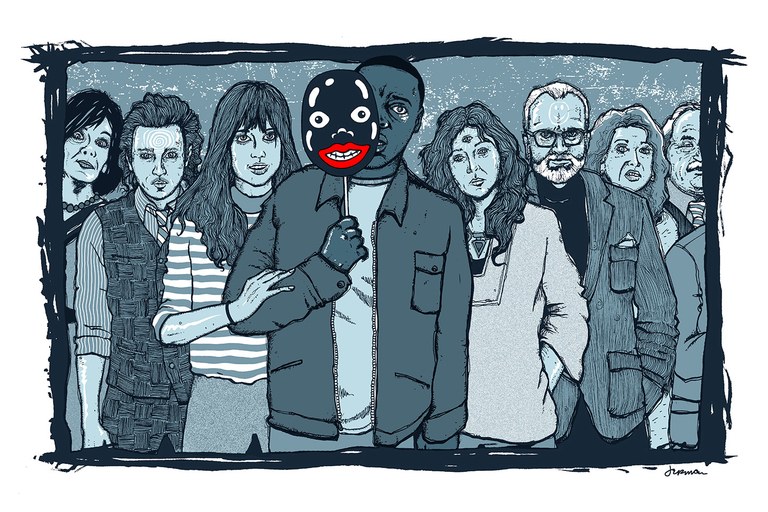In horror, there is often a character left to tell the story, and this character is typically a white girl, making her a pitiable and relatable character to many horror films’ (white) target audience. Rose attempts to place herself in the trope of “the final girl,” which would allow her to manipulate the story to her own viewpoint. Although Rose is by no means innocent, she sees herself that way and understands how to mold others’ view of her into a white woman who must be protected by the white man.
In the final scene, as the cop car rolls up, Rose reaches out her hand to the police officers, expecting them to rescue her because of her gender and race, especially as compared to her evil, black male “attacker,” Chris. The original ending had her “win the game” and succeed in her manipulation of the police, putting the real innocent, Chris, behind bars, or with a death sentence, making him another piece collateral on the path of a white woman.
Peele, by deciding that in the end, Rod will save Chris, reverses this “final girl” trope. The new final girl is Chris, who is able to survive and perpetuate his version of events. The typical final girl, the girl who throughout the first two-thirds of the film is innocent and wide-eyed and sympathetic, becomes the horror itself. The eyes through which she is viewed are atypical. In this scene, the eyes are those of a black TSA agent, Rod, the best friend of her “attacker,” and he holds the power in the situation. His eyes show Rose and the viewer that Rose is not innocent, and that she will be punished for her crimes, and that she cannot be the final girl whose story holds the power.

